Any time a console game makes its way to PC, there can be a bit of overconfidence that good performance is a given. This is only the case if you’re using the best Last of Us settings for your gaming PC, laptop, or handheld. We’ve put Naughty God’s iconic adventure to the test and have a comprehensive look at which settings you should be using.
Before you throw your money at Naughty Dog, check out The Last of Us system requirements. Doing so will help you check whether your gaming PC is up to the task, as you’ll need one of the best graphics card options on the market to match PS5 performance. That said, you won’t need an Nvidia RTX 4080 to simply run the game, and our best settings suggestions will aid you in your quest to boost fps at higher resolutions.
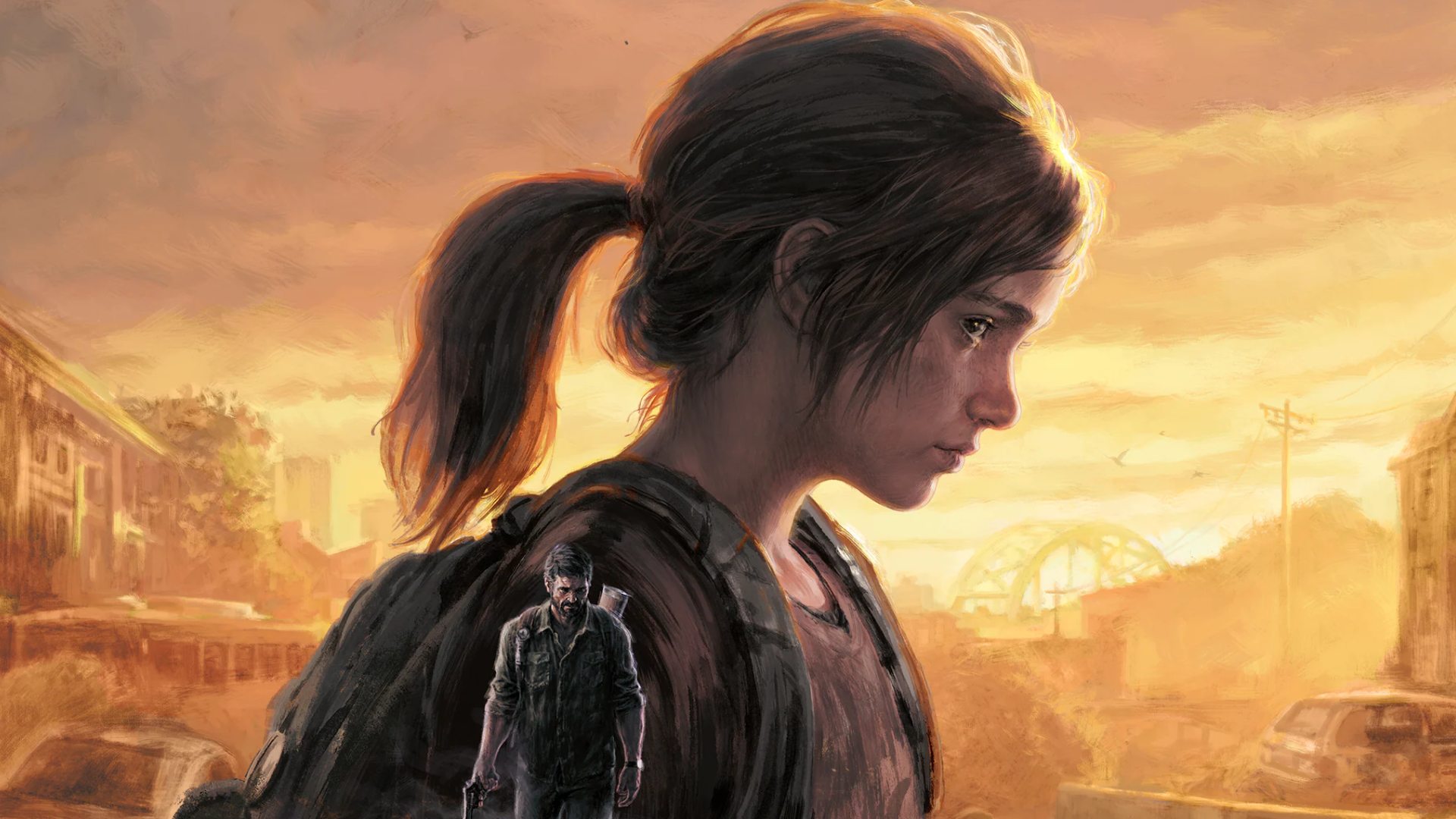
The best Last of Us Part 1 settings for PC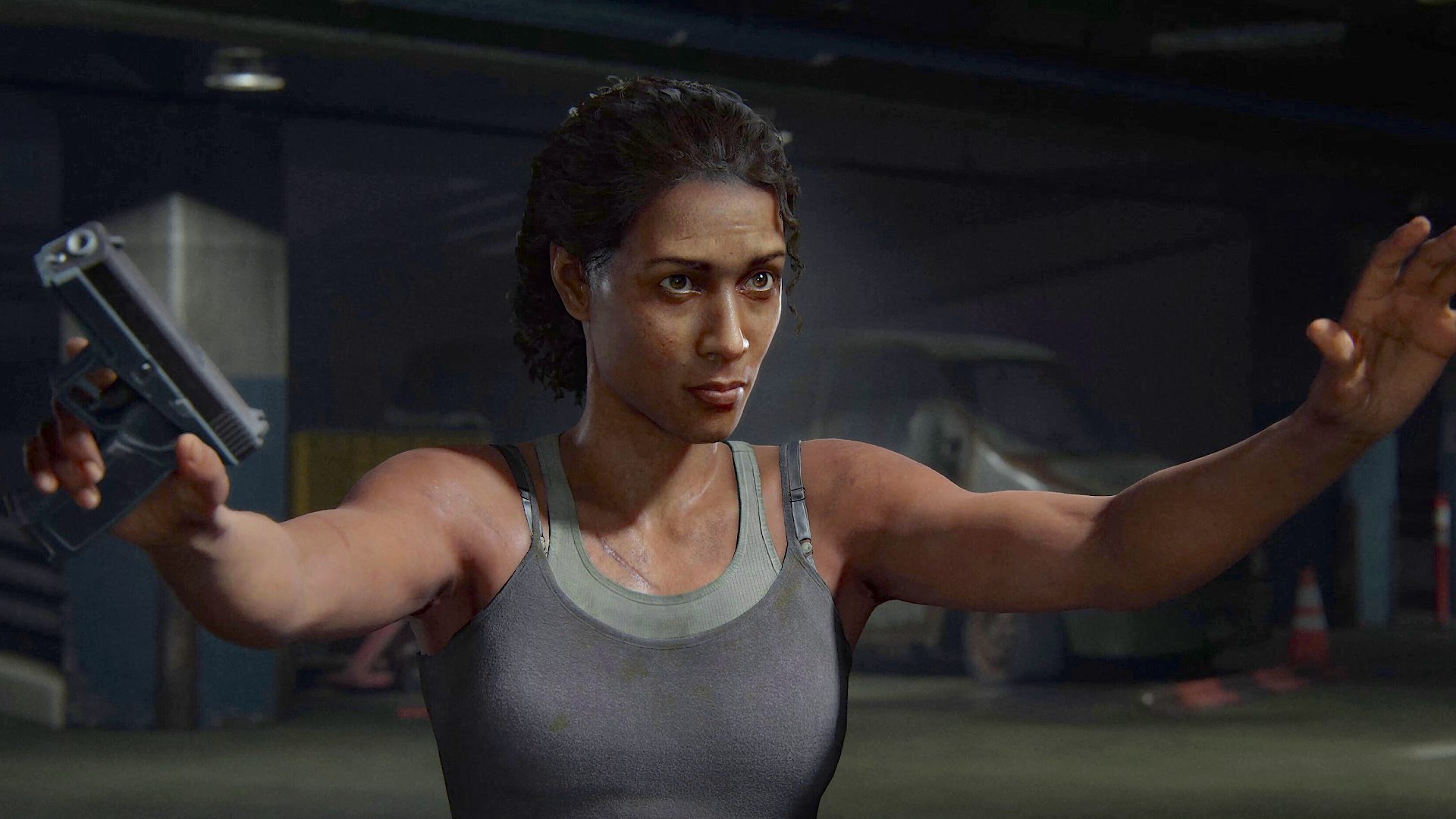
Nvidia DLSS
These days, it feels like AI upscalers are almost mandatory, as they’ll enable you to reach higher frame rates without too many caveats. If you’re rocking a GeForce RTX graphics card, you’ll be able to turn the Nvidia DLSS option on within the ‘display’ options menu, and it’ll make a hell of a difference. We’re taking a 40% frame rate hike while using ‘balanced’ mode, so we reckon it’s worth switching it on.
It’s worth noting that DLSS isn’t perfect, and it won’t always dynamically switch resolutions fast enough for you not to notice. You’ll probably spot an occasional poster on a wall that’s blurry or a texture that lacks oomph. Nevertheless, if it gets you over the 60fps line without making everything look like a PS3 demake, we’d say use it.
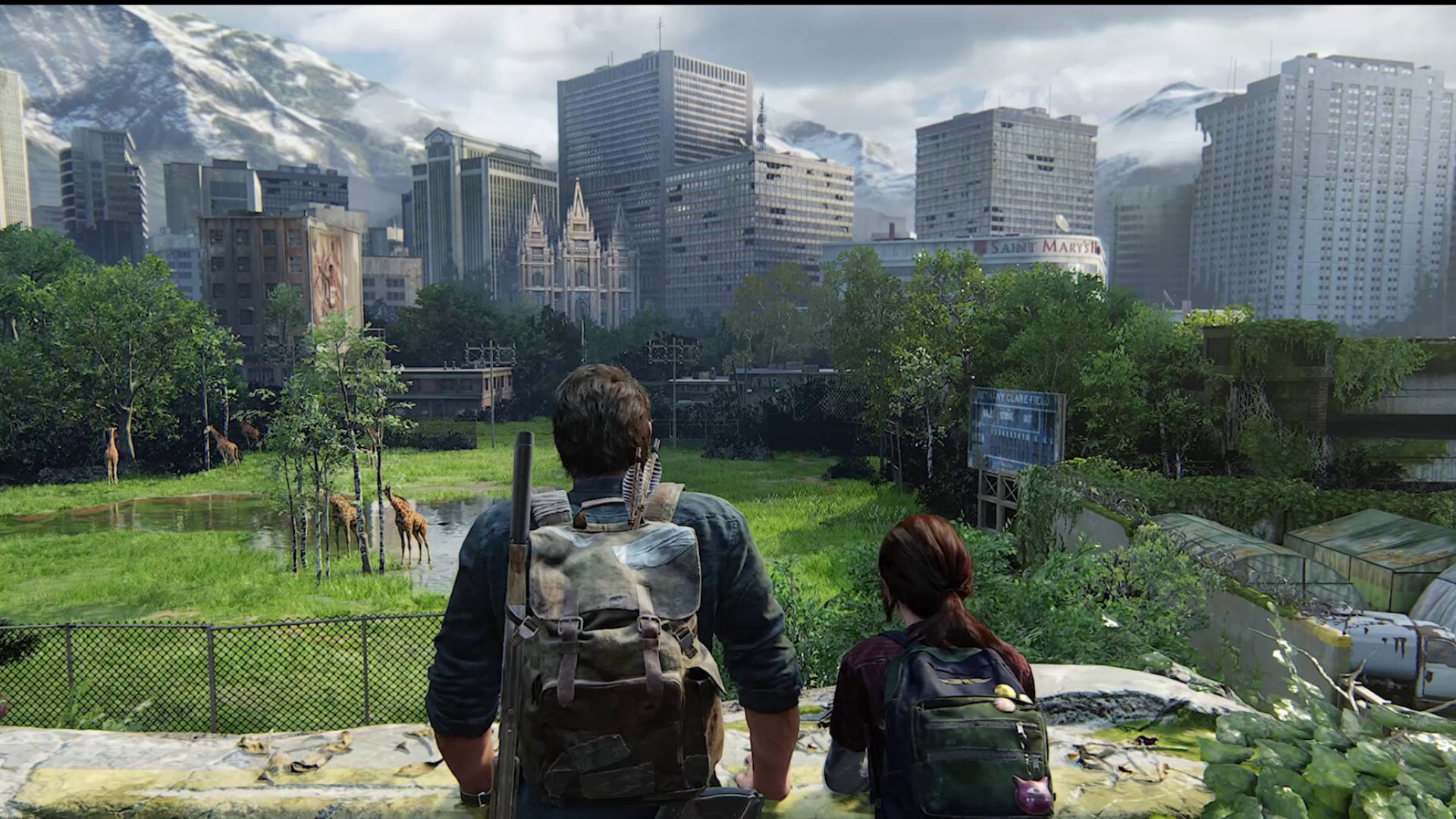
Draw distance
In an open-world game, we wouldn’t recommend compromising on draw distance, but the same doesn’t necessarily apply to The Last of Us. Many areas of the game are spent within confined spaces, both outside and indoors, so you might not notice much difference switching down to low.
Shadow quality
As you can probably tell from our best settings list above, The Last of Us shadow settings are split up into multiple options. Playing around with quality, resolution, and distance options is going to help provide a few extra frames, but we’d suggest keeping things on at least medium. Toggling down to low did provide up to 15fps on top of our baseline frame rate, but it also removed some of the pazazz from the PC port’s visuals.
Texture quality
The Last of Us boasts wonderfully detailed textures that really pop, and compromising fidelity for the sake of frame rate feels like committing a cardinal PC sin. Weirdly, we didn’t actually see much performance benefit tied to lower settings, but if you’ve splashed out on a card like the one in our Nvidia RTX 4090 review, we wouldn’t blame you for embracing ultra settings.
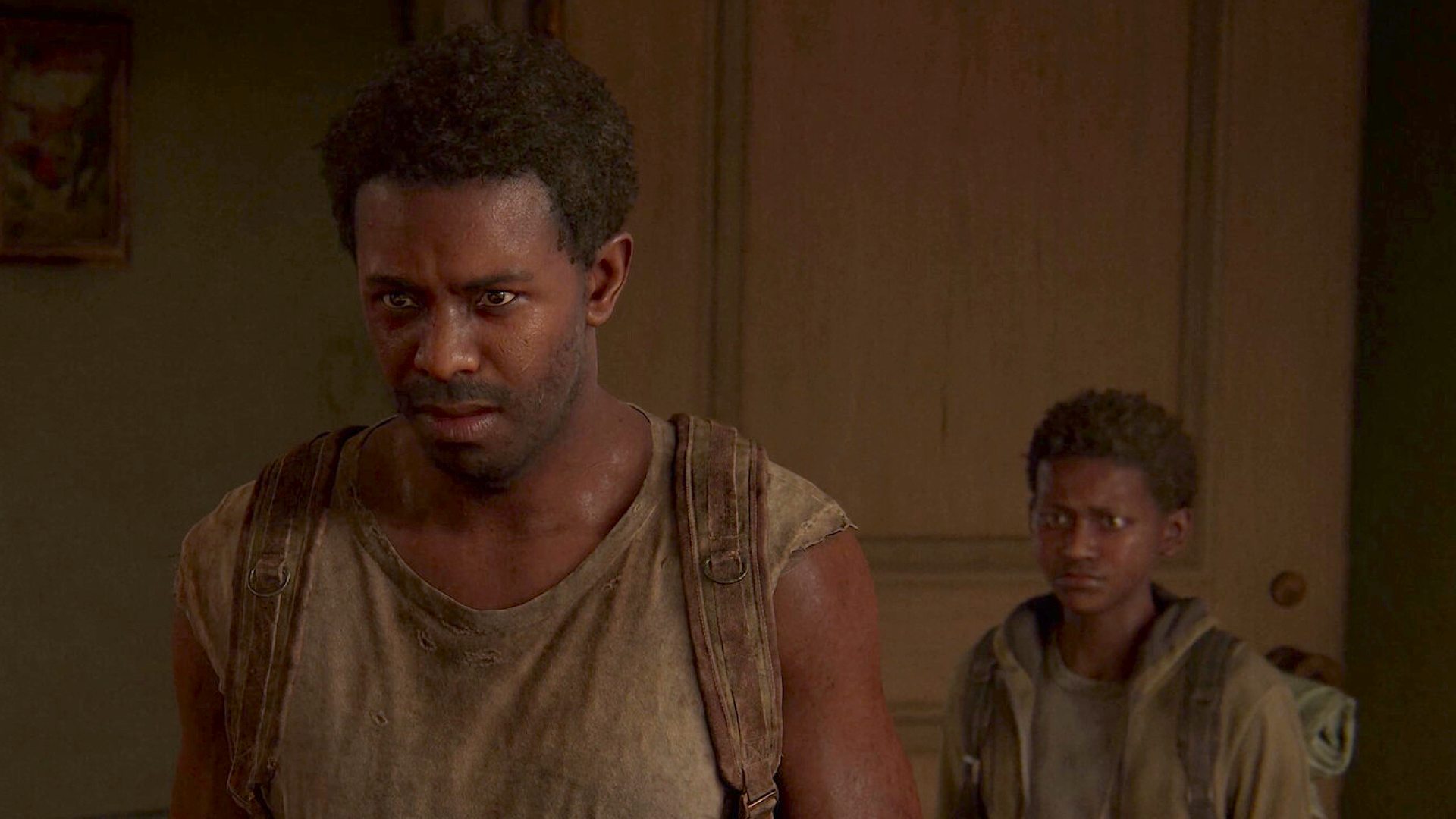
Character quality
We’d argue that The Last of Us characters are what makes the apocalyptic drama special, and you’ll spend a lot of time looking at the backs of Joel and Ellie’s heads. For that reason, it only feels right to keep associated settings at medium and above, as dialling back will strip away any immersive definition.
Best Last of Us Part 1 settings for Steam Deck
Cranking The Last of Us preset option to low will cut back on VRAM usage and provide the biggest performance boost, but it’s an assault on the eyes. Sure, we’ve tested games that look just fine with low settings enabled, but we encountered various visual quirks when playing with the lowest settings enabled, like texture popping and murky graphics. If you’re playing at 1440p or 4K, we’d avoid stooping this low in terms of presets, as you’d be arguably better off playing the PS4 version.



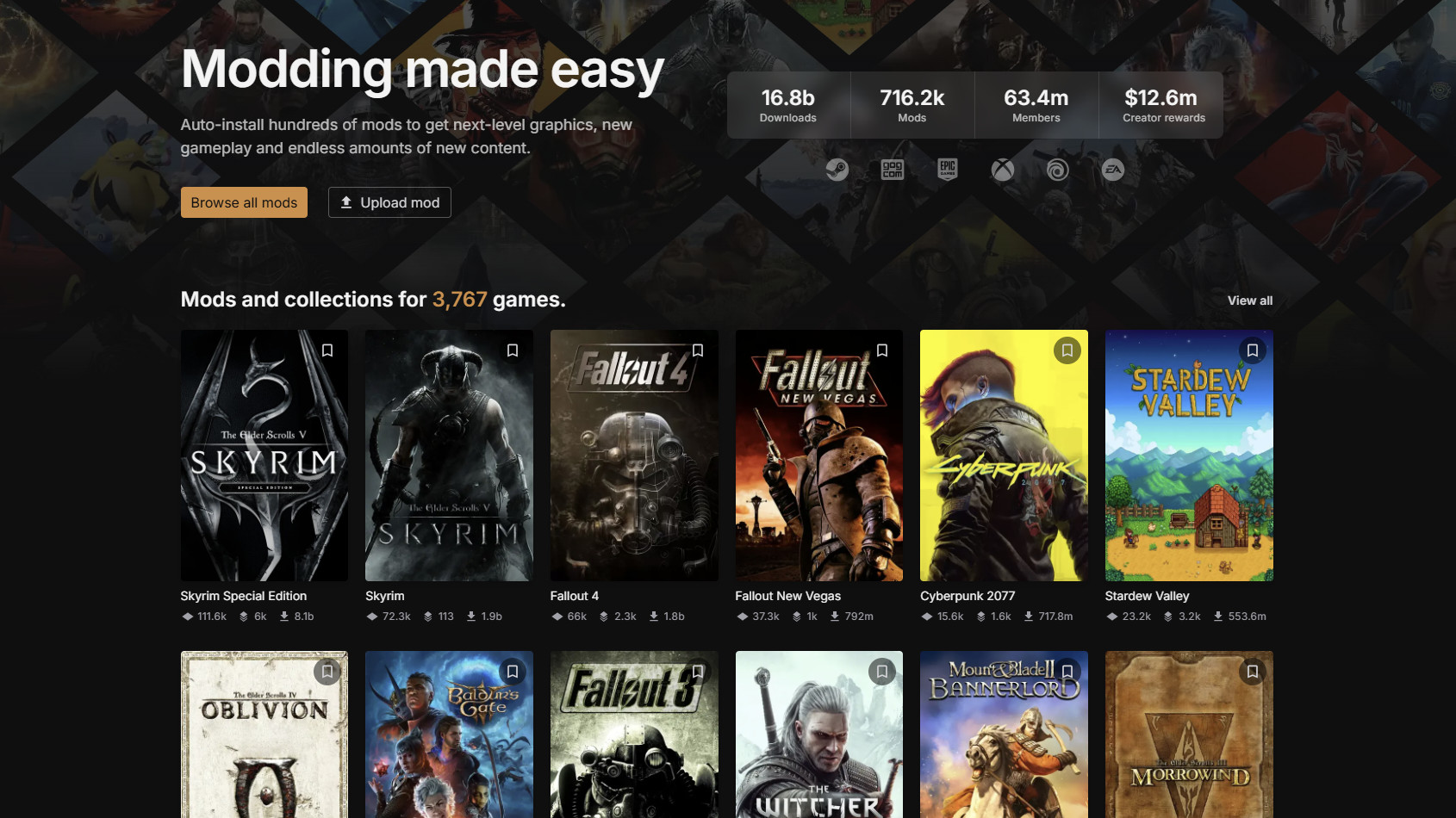


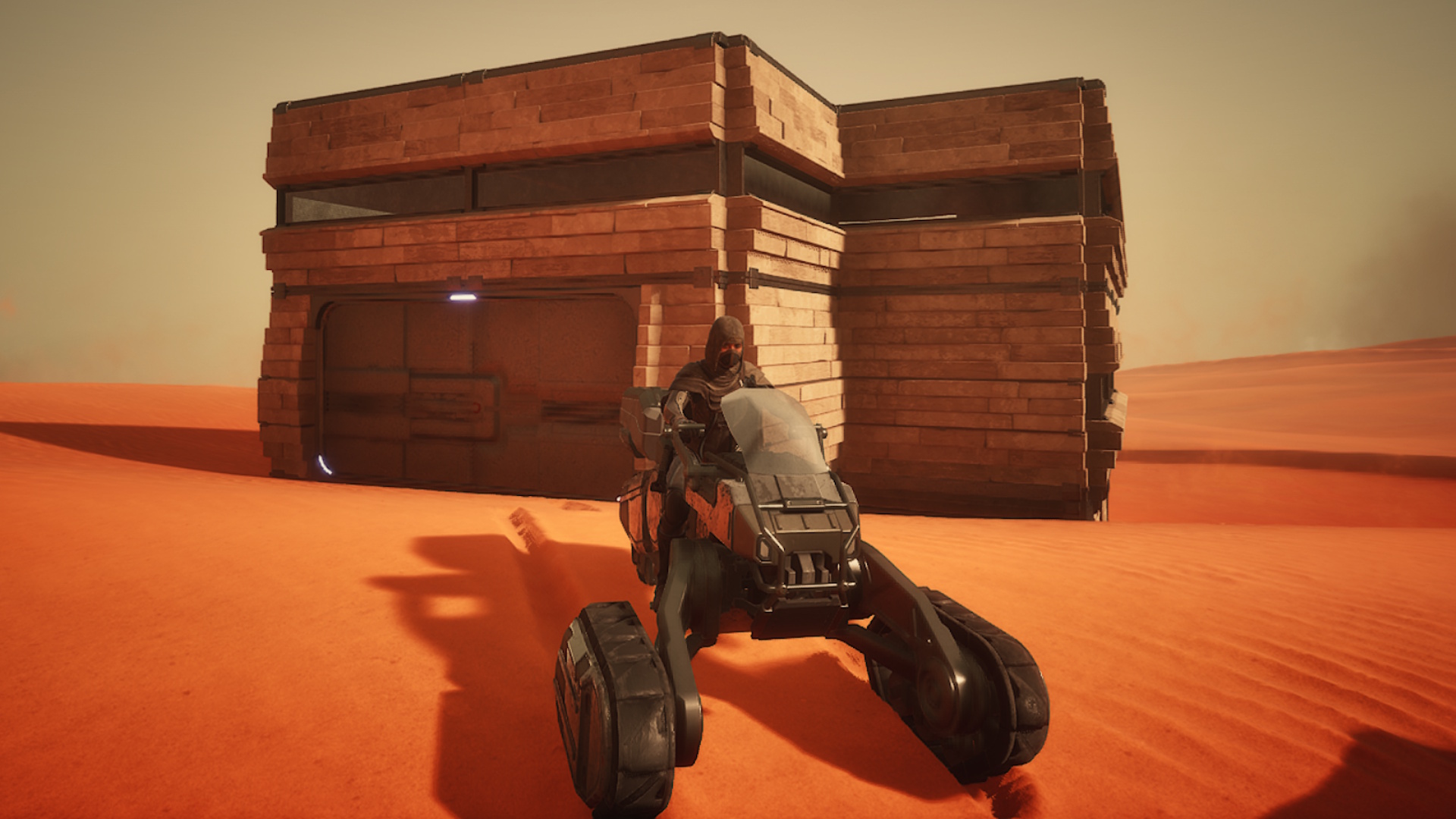
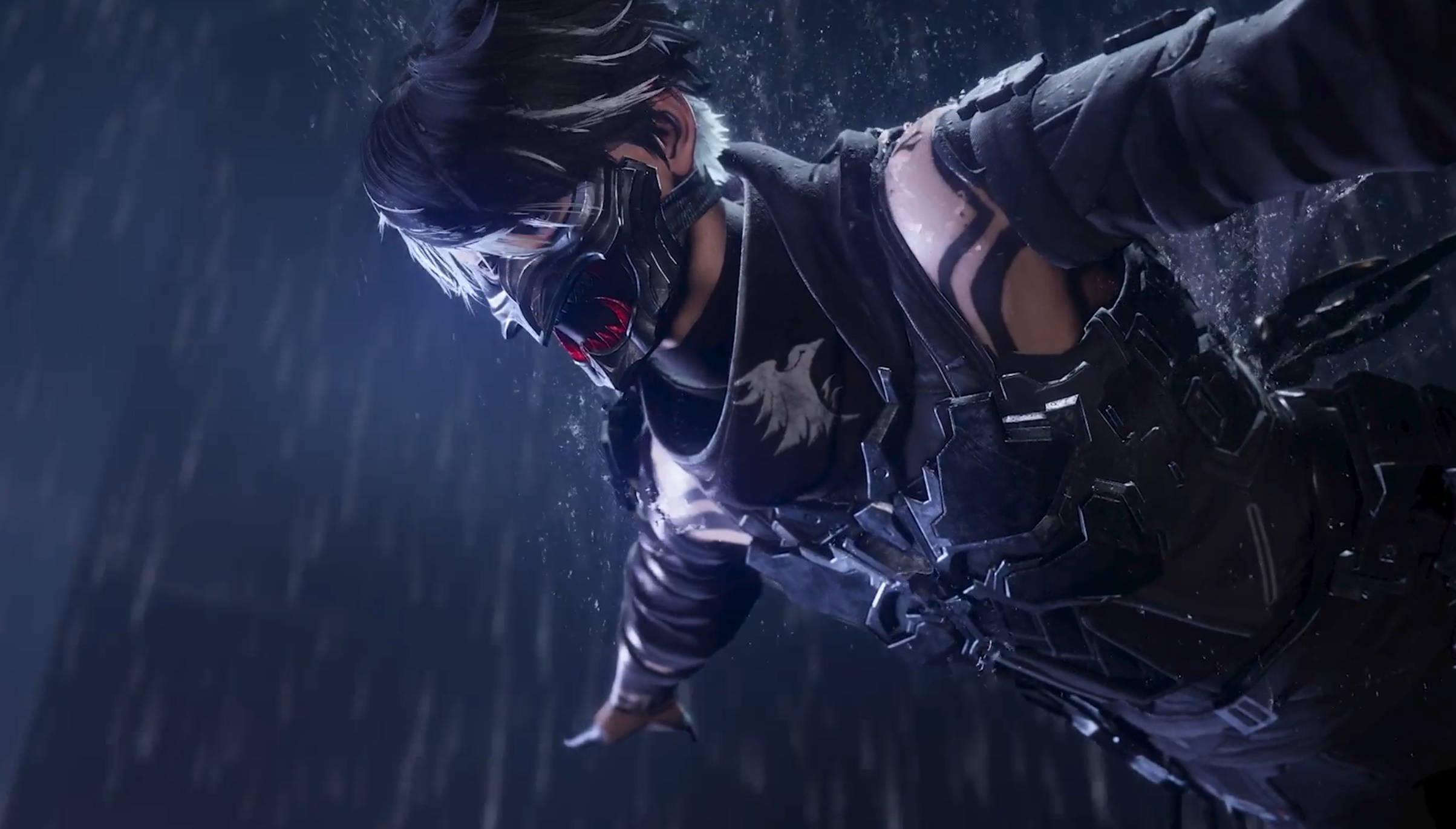

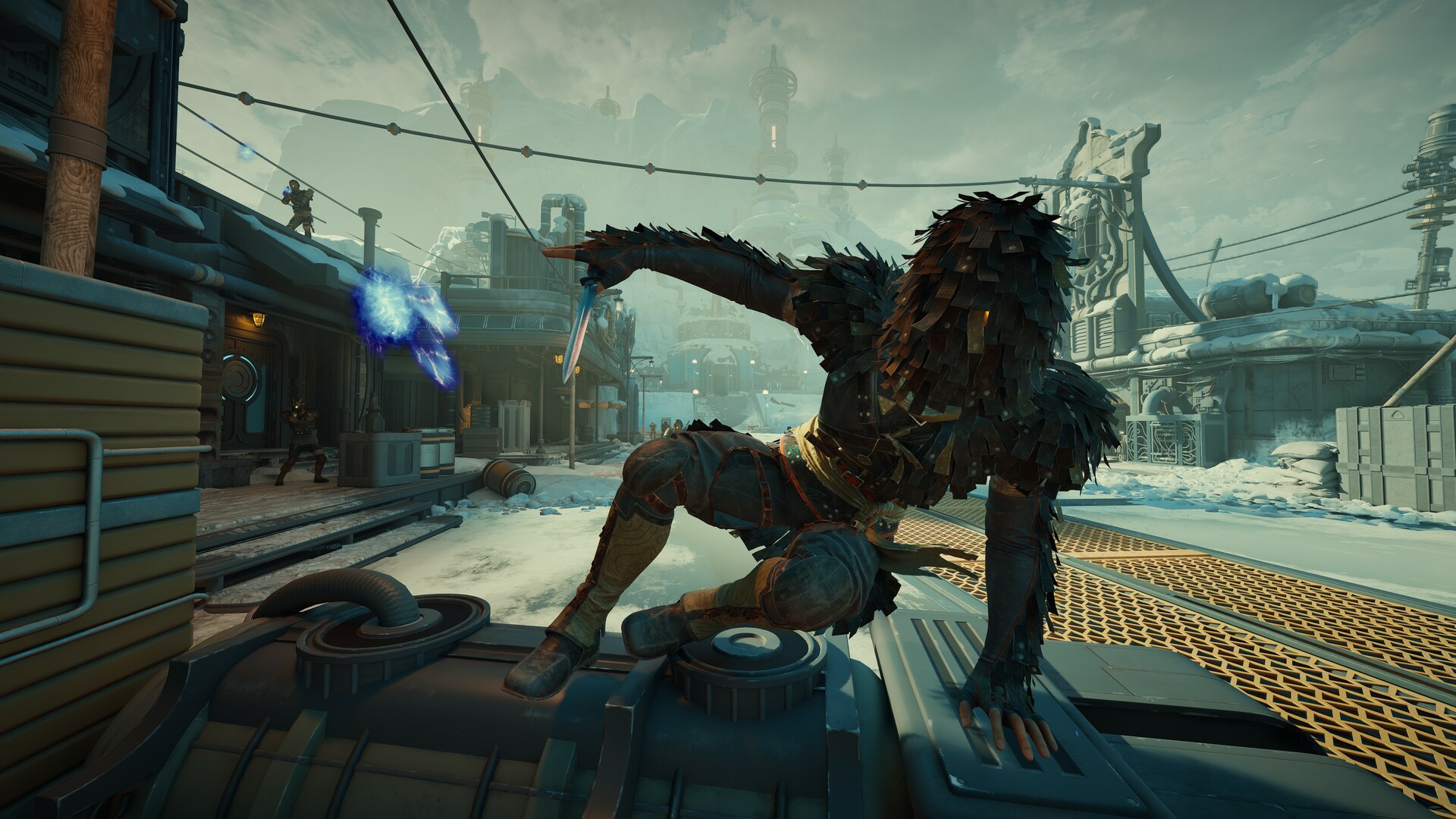
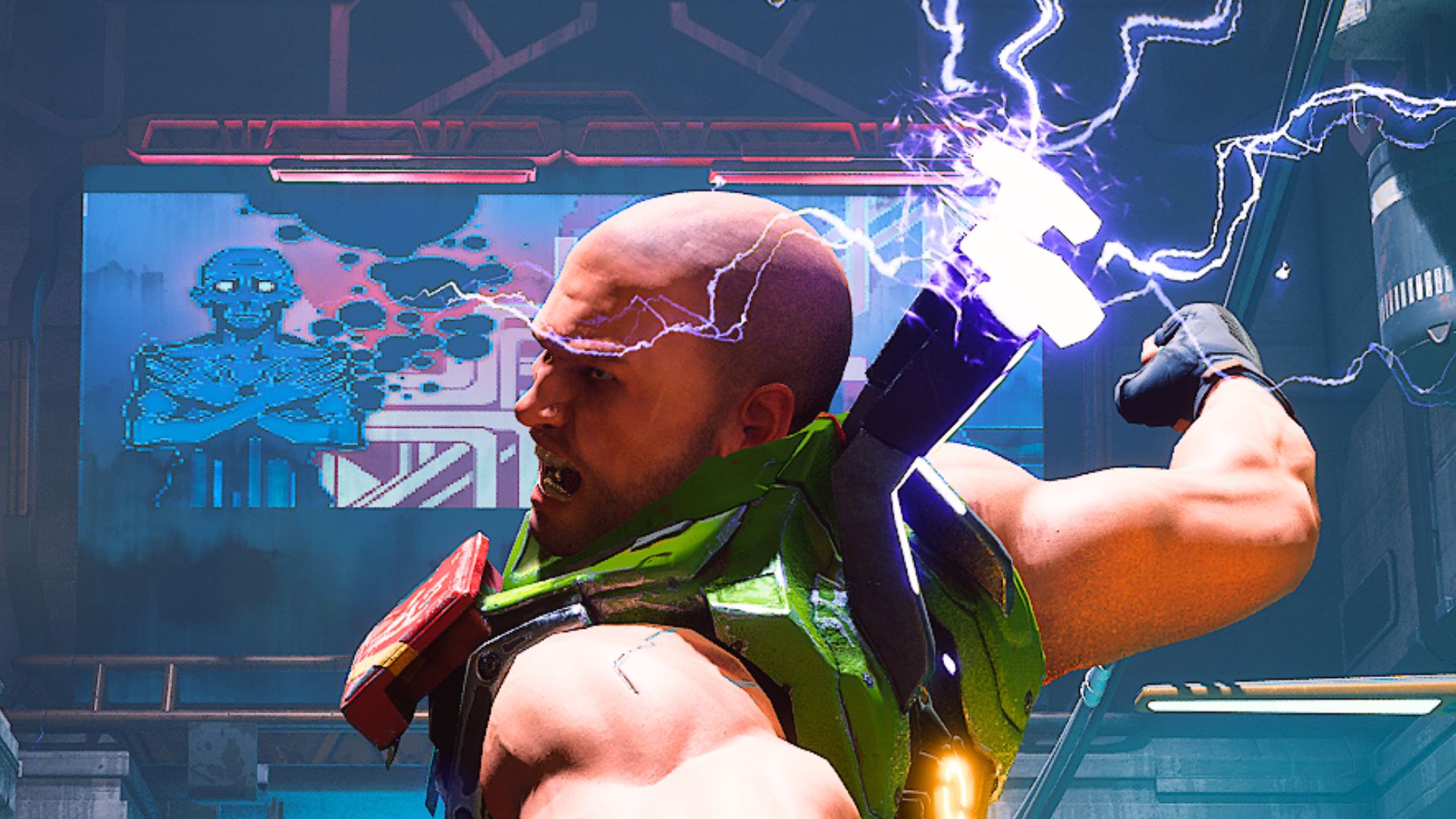



Leave a Reply